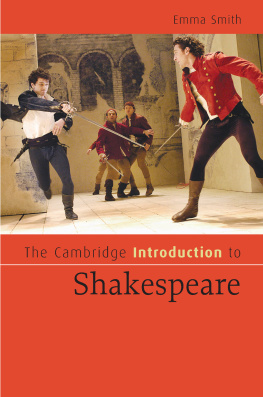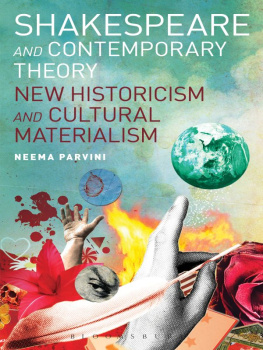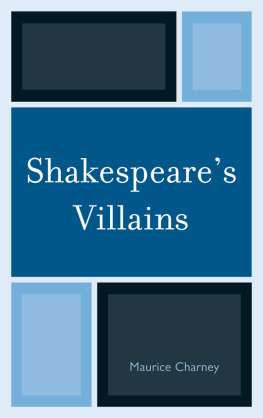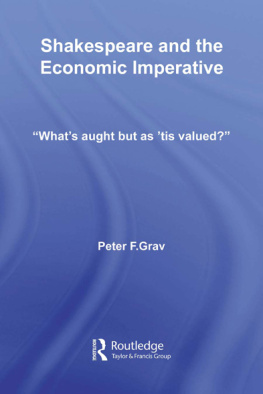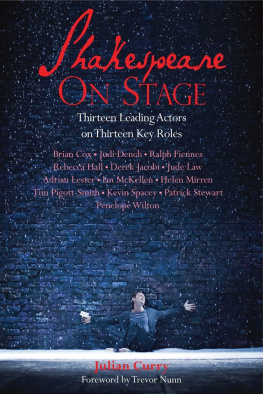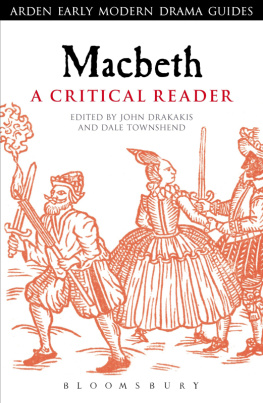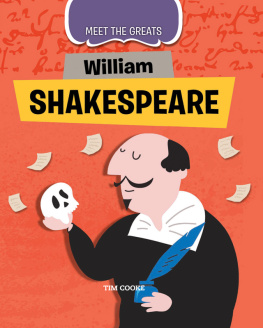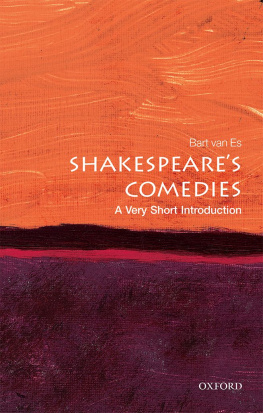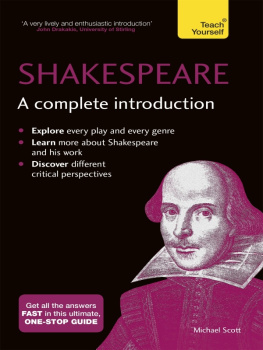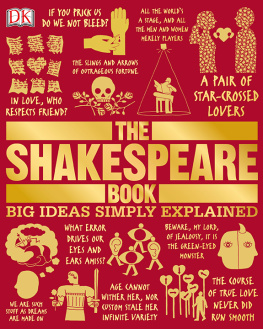The Cambridge Introduction to
Shakespeare
This lively and innovative introduction to Shakespeare promotes active engagement with the plays, rather than recycling factual information. Covering a range of texts, it is divided into seven subject-based chapters: Character, Performance, Texts, Language, Structure, Sources and History, and it does not assume any prior knowledge. Instead, it develops ways of thinking and provides the reader with resources for independent research through the Where next? sections at the end of each chapter. The book draws on up-to-date scholarship without being overwhelmed by it and, unlike other introductory guides to Shakespeare, it emphasises that there is space for new and fresh thinking by students and readers, even on the most-studied and familiar plays.
EMMA SMITH is Fellow and Tutor in English at Hertford College, University of Oxford.
Cambridge Introductions to Literature
This series is designed to introduce students to key topics and authors. Accessible and lively, these introductions will also appeal to readers who want to broaden their understanding of the books and authors they enjoy.
Ideal for students, teachers, and lecturers
Concise, yet packed with essential information
Key suggestions for further reading
Titles in this series:
Eric Bulson The Cambridge Introduction to James Joyce
John Xiros Cooper The Cambridge Introduction to T. S. Eliot
Kirk Curnutt The Cambridge Introduction to F. Scott Fitzgerald
Janette Dillon The Cambridge Introduction to Early English Theatre
Janette Dillon The Cambridge Introduction to Shakespeares Tragedies
Jane Goldman The Cambridge Introduction to Virginia Woolf
Kevin J. Hayes The Cambridge Introduction to Herman Melville
David Holdeman The Cambridge Introduction to W. B. Yeats
M. Jimmie Killingsworth The Cambridge Introduction to Walt Whitman
Ronan McDonald The Cambridge Introduction to Samuel Beckett
Wendy Martin The Cambridge Introduction to Emily Dickinson
Peter Messent The Cambridge Introduction to Mark Twain
John Peters The Cambridge Introduction to Joseph Conrad
Sarah Robbins The Cambridge Introduction to Harriet Beecher Stowe
Martin Scofield The Cambridge Introduction to the American Short Story
Emma Smith The Cambridge Introduction to Shakespeare
Peter Thomson The Cambridge Introduction to English Theatre, 16601900
Janet Todd The Cambridge Introduction to Jane Austen
Jennifer Wallace The Cambridge Introduction to Tragedy
The Cambridge Introduction to
Shakespeare
EMMA SMITH

CAMBRIDGE UNIVERSITY PRESS
Cambridge, New York, Melbourne, Madrid, Cape Town,
Singapore, So Paulo, Delhi, Tokyo, Mexico City
Cambridge University Press
The Edinburgh Building, Cambridge CB2 8RU, UK
Published in the United States of America by Cambridge University Press, New York
www.cambridge.org
Information on this title: www.cambridge.org/9780521855990
Emma Smith 2007
This publication is in copyright. Subject to statutory exception and to the provisions of relevant collective licensing agreements, no reproduction of any part may take place without the written permission of Cambridge University Press.
First published 2007
Fourth printing 2010
A catalogue record for this publication is available from the British Library
ISBN 978-0-521-85599-0 Hardback
ISBN 978-0-521-67188-0 Paperback
Cambridge University Press has no responsibility for the persistence or accuracy of URLs for external or third-party internet websites referred to in this publication, and does not guarantee that any content on such websites is, or will remain, accurate or appropriate. Information regarding prices, travel timetables, and other factual information given in this work is correct at the time of first printing but Cambridge University Press does not guarantee the accuracy of such information thereafter.
Contents
Figures and tables
Figures
Tables
Preface
This book is intended as an introduction in two senses. Firstly it is an introduction in a sense available to Shakespeares contemporaries: that of a first guide to a topic. Readers in sixteenth-century London could purchase introductions to fields from astrology to Welsh, and from swimming to dying well. Like these, I have tried not to assume existing expertise or familiarity: I have wanted the book to be self-standing, acting as an encouragement and guide to further reading and investigation via Where next? sections after each chapter. Each chapter covers a range of examples with a focus on those plays most frequently studied. The emphasis of this volume, unlike the many other great introductory guides that are currently available, is that it engages less with facts than with critical approaches to Shakespeares plays with the question of what we do when we read or study Shakespeare. And I have also thought of it as an introduction in a more recent sense: the action of introducing or making known personally (Oxford English Dictionary). Meet Shakespeare (s plays): I think youll find you have some things in common. I hope you hit it off.
Lots of students particularly at Hertford College, Oxford, at the Department for Continuing Education in the University of Oxford, and at the Bread Loaf School of English will find this material familiar, either because theyve heard me rehearse parts of it in different forms or on different occasions, or because they recognise their own ideas here too. Im grateful for the serial privilege of those conversations. Emily Bartels has cast a generous eagle eye over it all; Charlotte Brewer has, among other things, saved me from my most egregious forms of mateyness. And since this is a book which comes out of, and I hope may give something back to, teaching, its made me think with affection about what I owe to those who have taught me: Rita Chamberlain, John Gregory, Katherine Duncan-Jones, and, differently but especially, Viv Smith.
All suggested websites were accessed in April 2006. Except where Ive indicated otherwise, the edition of the plays I have used is the New Cambridge: for Loves Labours Lost, Two Noble Kinsmen and The Winters Tale where there is no New Cambridge edition yet, Ive used The Complete Works ed. Stanley Wells and Gary Taylor (2nd edn, Oxford, 2005).
Chapter 1
Character

Juliets balcony, Verona
In the Italian town of Verona, the tourist authorities have taken Shakespeares Romeo and Juliet, and in particular the character of Juliet, to their hearts. Despite the historical tenuousness of the association of Juliet with Verona, a suitable medieval townhouse has been designated Juliets house, and a balcony was added in the 1930s to make the setting photogenically consonant with the plays most iconic moment, when Juliet calls down from her balcony to her new lover. Streams of visitors add lovestruck graffiti to the walls, gain luck from stroking the right breast of a modern bronze statue of Juliet, and apparently address numerous letters requesting help in matters of the heart (rather oddly, since Juliets wasnt an entirely successful love affair to aspire to) to Juliet, Verona, which are duly answered by a multilingual team of agony aunt volunteers known as the Juliet club.
Next page
